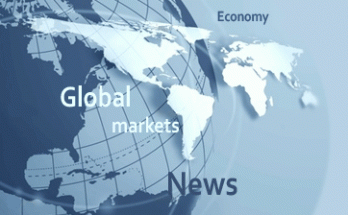
The ECB meeting concludes tomorrow. There is little doubt about what it is going to do: nothing. Uncertainty around its asset purchase plan and its economic assessment are also minor.Â
The current 30 bln euro a month of asset purchases will continue through September. The market has come around to our view that the purchases will be tapered further in Q4 before concluding at the end of the year.Â
The economic data seen since the start of the year have generally been weaker than economists’ forecast. There is no sign whatsoever that officials are concerned. Less than a week ago, Draghi told the IMF, “Notwithstanding the latest economic indicators, which suggest that the growth cycle may have peaked, the growth momentum is expected to continue.” The IMF itself raised this year’s EMU growth forecast to 2.4% from 2.2%. Â
Trend growth, or the non-inflationary pace, is estimated to be around 1.25%. Growth that is faster theoretically absorbs economic slack and underpin price pressures. That means that a modest growth disappointment will not distract the ECB. Moreover, there are a few mitigating factors, like unusually poor weather, and a particularly virulent flu season, and some labor unrest. We have also suggested that Q4 data may have been exaggerated too. At the same time, the economic cycle is maturing.
Although the EMU does not have fiscal stimulus the US is enacting, which will likely extend the late-cycle expansion, unemployment levels are still elevated in many countries, and there is more slack that can and will be absorbed. Moreover, despite rising market rates, the ECB Q1 survey found banks have eased their terms of credit, and will likely do so again in Q2, for house purchases and consumer credit.Â
Eurozone inflation is steady. The headline rate softened in February and snapped back in March. The preliminary April reading will be released next week. The CPI stood at 1.4% year-over-year in March. This is the same pace as December 2017 and a pinch lower than the 1.5% pace seen in March 2017. The rise in oil prices will likely feed-through into higher headline inflation going forward.Â

